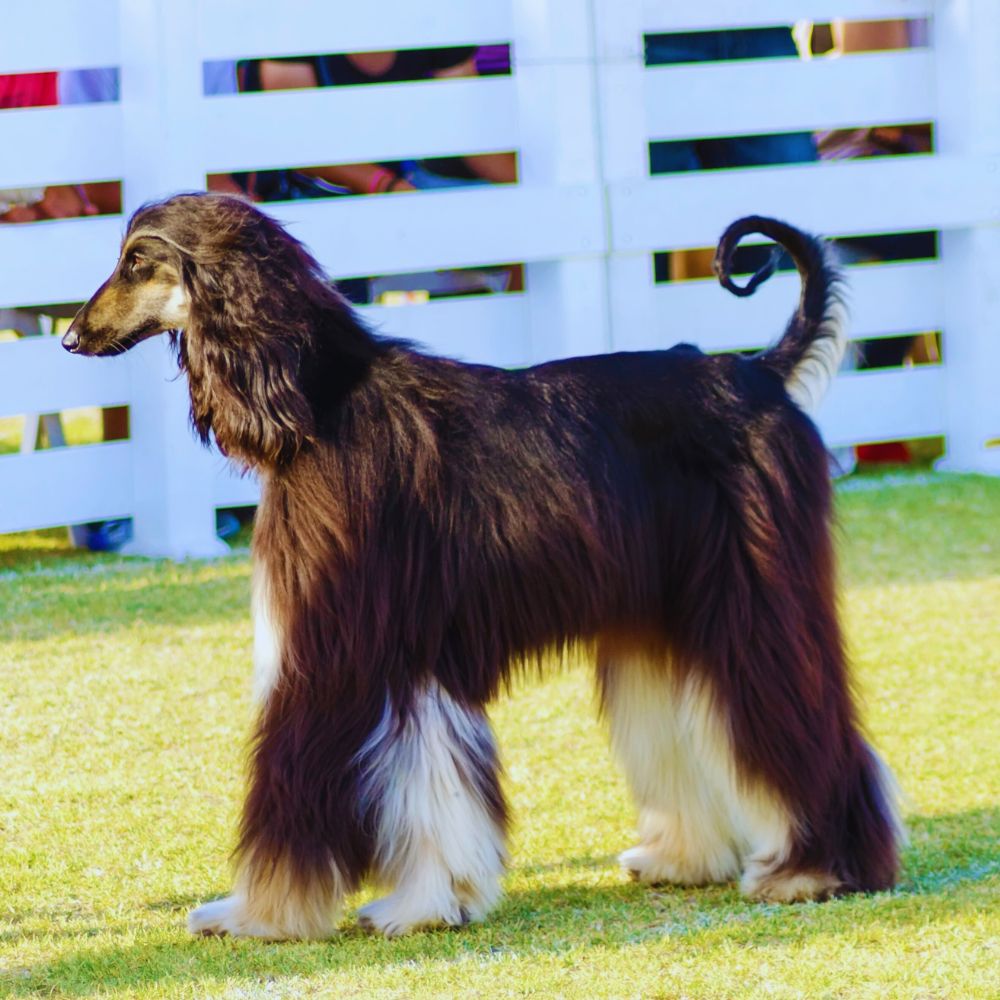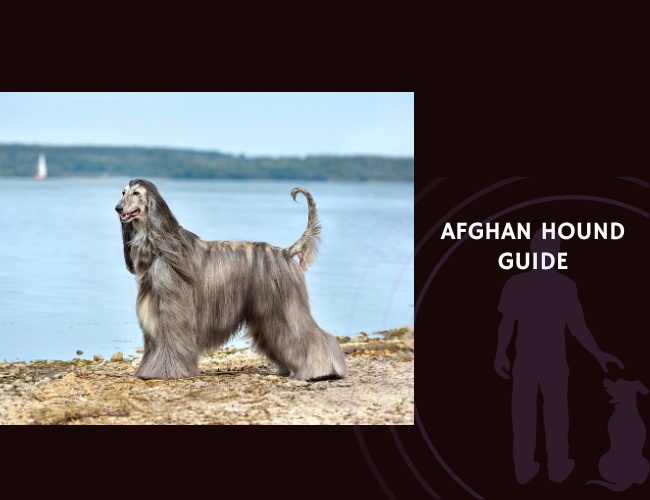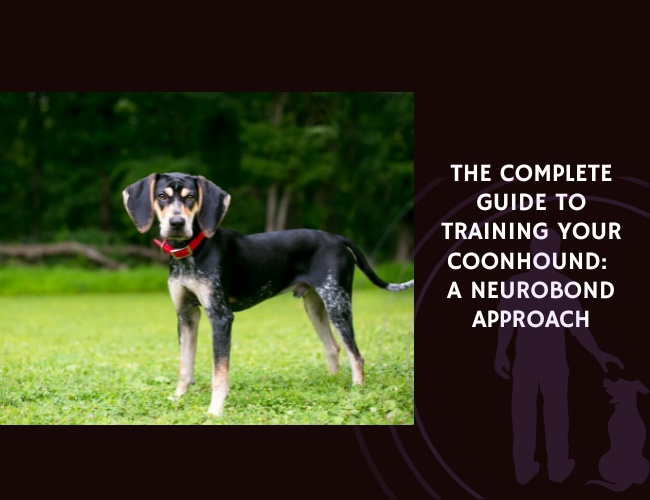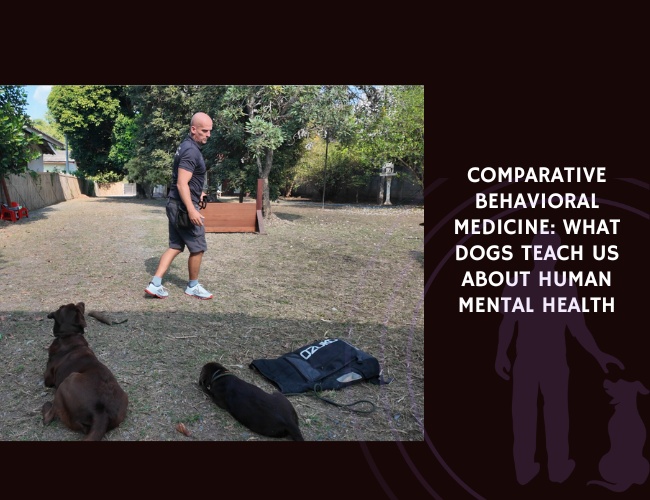Quick Facts about the Afghan Hound
- Origin: Afghanistan
- Weight: 23–27 kg (male), 20–25 kg (female)
- Life expectancy: 12–15 years
- Coat Colour: All colours; commonly black, cream, red, brindle, and more
- Breed Group: Hound
The Afghan Hound is a breed like no other—elegant, aloof, and fast as the wind. With its flowing coat, proud posture, and independent mind, this sighthound is a living piece of art with ancient roots and a surprisingly playful side.
Afghan Hound History
The Afghan Hound traces its ancestry back thousands of years to the mountain ranges of Afghanistan, where it was bred by nomadic tribes for hunting large game such as deer and leopards. Its speed, agility, and keen eyesight made it a valuable hunting companion in rugged terrains.
The breed remained relatively isolated until it was introduced to the Western world in the early 20th century. British officers stationed in India and Afghanistan brought them back to Europe, where their exotic appearance quickly gained attention in aristocratic and show circles.
Today, the Afghan Hound is prized for both its beauty and its deep cultural heritage.

Afghan Hound Temperament
Independent, sensitive, and often misunderstood, the Afghan Hound carries itself with dignity and a touch of aloofness. They are not typical “obedience” dogs, but they form strong bonds with their families and show affection in their own unique ways.
They can be silly and playful at home, but in public they often display a calm, almost cat-like detachment. Their independent streak means they don’t always come when called—especially if something more interesting catches their eye.
Note: This breed responds best to gentle handling and mutual respect. Harsh or repetitive training methods tend to shut them down emotionally.
Health and wellness
Afghan Hounds are athletic dogs that need regular off-leash running time in a secure area. Daily walks and enrichment are important, but so is grooming: their long, silky coat requires frequent brushing to prevent matting.
They are generally healthy dogs but, like many sighthounds, have a high sensitivity to anaesthesia and certain medications. Care should be taken when undergoing veterinary procedures.
Significant problems:
Hypothyroidism
Cataracts and progressive retinal atrophy (PRA)
Hip dysplasia (less common but possible)
Sensitivity to anaesthesia
Bloat (in deep-chested individuals)
Life expectancy: 12–15 years

The Complete Guide to Afghan Hound
🔍 Looking to go deeper into dog training?
Use these categories to explore targeted guides and articles on canine behavior, nutrition, obedience, entertainment, and more.









